Bremen is a stunning maritime city in Northern Germany with a beautifully restored Old Town, Gothic cathedral, and more! Here are the top things to do in Bremen, Germany.
Officially called the Free Hanseatic City of Bremen, this lovely city has a rich history stretching back 1,200 years. It was once one the most important maritime trading centers in Germany, and the port is still very active today. Besides its crucial role in maritime trade, Bremen is best known for being featured in the Brothers Gimm fairytale, “The Town Musicians of Bremen.” (More on that later in this post!)
Bremen’s Old Town is its main attraction, boasting an 11th Century cathedral, a market square lined with gabled houses, and a Town Hall that’s been designated a UNESCO World Heritage Site. Looking at Bremen today, you’d never guess that it was largely destroyed in WWII and that much time and energy that was put into rebuilding it.
Bremen is a must-visit city in Northern Germany. It’s a wonderful day trip destination from Hamburg in particular, but you can easily fill an entire weekend here as well. This post will share what to see in Bremen, Germany and also answer some FAQs about this historic port city.
1. Market Square (Marktplatz)
The Marktplatz is the oldest square in Bremen and subsequently is the heart of it. Many of the main Bremen attractions are located just off the Marktplatz, including the Town Hall, Roland Statue, Cathedral, and more. While standing in the center of the Marktplatz, take a look around you at the stunning gabled buildings. They date back to the 16th and 17th centuries, although the facades you see today were actually rebuilt after WWII.
Tip: Use the Marktplatz to orient yourself when you explore the rest of the city! It’s smack in the center of the main attractions, so as long as you know where the square is in relation to your location, you’re all set.
2. Town Hall (and Roland Statue)
Bremen’s Town Hall is the only European town hall built in the Middle Ages that has not been destroyed or altered — it’s all original, baby! Together with the Roland Statue it forms a UNESCO World Heritage Site. Despite its age, the Town Hall is still a working public office.
Although lovely to admire from outside, I highly recommend touring the town hall on a guided tour (you can’t get in any other way!). You’ll learn much more about the history of the city this was, as well as more about the building itself.
Below the Town Hall, you’ll find the Rathskeller. It’s a restaurant, and it boasts the oldest wine barrel in Germany!
Standing proudly in front of the Town Hall is the Roland Statue. It was erected in 1404 and symbolizes Bremen’s freedom and independence. Fun fact: There are actually many Roland statues scattered around Europe, all symbolizing the same thing!
3. The Town Musicians of Bremen
Remember the Brothers Grimm fairytale I mentioned in the intro of this post? “The Town Musicians of Bremen” tells the story of four farm animals that were deemed too old for work. Rather than being turned out or eaten, the donkey, dog, cat, and rooster banded together to create a musical group. They hatched a plan to travel to Bremen and spend their golden years working as the town musicians.
I won’t spoil the plot for you, but suffice it to say that it’s a cute story with an unexpected ending!
I first read this fairytale while studying German in high school. That’s the whole reason I wanted to visit Bremen, Germany in the first place — if only I could go back in time to tell high school Claire that she’d manage it one day!
Around the side of the Town Hall is a bronze statue of the four animals mentioned in the Brothers Grimm fairytale. The statue was erected in 1953, and you’re meant to rub the donkey’s feet for good luck!
4. Bremen Cathedral (St. Petri Dom)
Officially known as the St. Petri Dom (St. Peter’s Cathedral), the interior of the Bremen Cathedral is unlike any I’ve seen before. Where most cathedrals are dark and quiet, this one is comparably light and airy. The ceiling is white-washed, and the arches are brightly painted. Coats of arms hang in alcoves along the nave of the church, so definitely check them out while you’re inside.
Tip: Once you’re done admiring the interior of the 11th century Gothic cathedral, climb one of the towers for a splendid view of the city!
5. Church of Our Lady
The Church of Our Lady (Liebfrauenkirche) is Bremen’s oldest church. It was built in the 11th century, though it was damaged in the war. After visiting the nave of the church, head down to the crypt to get a glimpse of its medieval murals!
6. Böttcherstraße
This 110-meter long lane was built in the 1920’s by the coffee merchant Ludwig Roselius. He bought the buildings in the then-run down lane and rebuilt them all. He used a mixture of classic brick buildings and those in the art deco style. Today Böttcherstraße is filled with local boutiques, eateries, and craft shops. It’s also home to the famous Glockenspiel House, which has a carillon made of Meissen porcelain. The bells ring merry tunes three times per day!
7. Böttcherstraße Museums
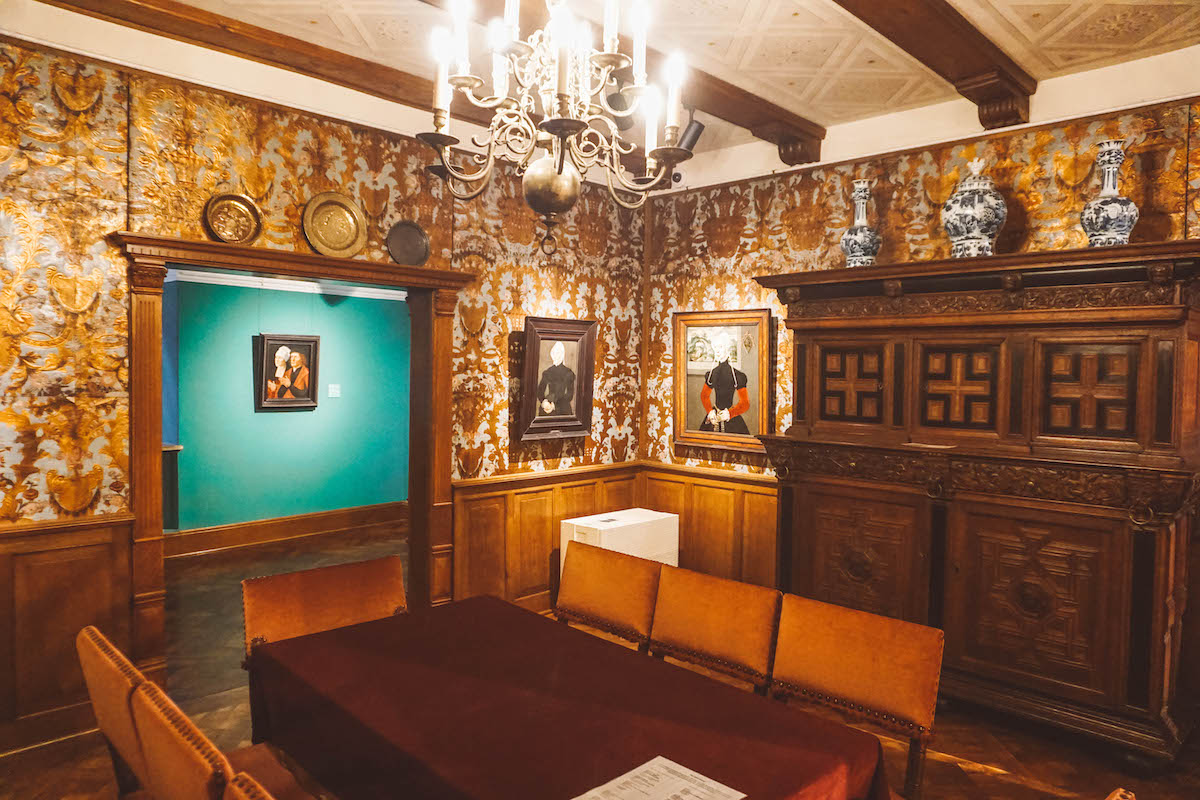
Another gem found along Böttcherstraße are the Böttcherstraße museums. The two museums are the Paula Modersohn-Becker Museum and the Roselius House. Although they’re called the Böttcherstraße museums, the two are actually connected via an internal walkway and one ticket grants you admission to both museums. This initially confused me, so I wanted to clarify!
Now, each museum is unique in its own right. The Paula Modersohn-Becker Museum was the first museum in the world to be dedicated solely to the work of a female painter. It now showcases other paintings in addition to those by Modersohn-Becker, including a few Monets.
After passing through the Paula Modersohn-Becker Museum, you’ll get to the Roselius House. The house was originally built in 1588 in the Renaissance style. In 1902, the decaf coffee inventor Ludwig Roselius purchased the house and renovated it. His intent was to create a house museum that portrayed everyday life in medieval Bremen. The house also displays Northern European fine and decorative art.
Tip: Both museums are fairly small, so you need just 90 minutes or so to visit them together.
8. Schlachte Embankment
Situated on the banks of the Weser River is the Schlachte Embankment. Once one of Bremen’s working harbors, the Schlachte Embankment is now a lovely place to stroll along the water, grab a bite to eat, or board a river cruise. On Saturdays, an antique market crops up on the embankment and in December there’s a wonderful Christmas market here.
9. Schnoor Quarter (Schnoorviertel)
The Schnoor Quarter is the oldest quarter in Bremen. The houses are all very narrow and are crammed together a bit higgledy-piggledy. The brightly-painted facades make the entire area look cheerful, and it’s fun to get lost in the narrow alleyways between the shops. I loved that the Schnoor Quarter was exclusively local boutiques and restaurants — no chains here!
10. Windmill (Mühle am Wall)
It’s impossible to miss Bremen’s windmill as you walk from the main train station to the Old Town! The windmill was built in 1898 and is open to the public, although there’s not a whole lot to see inside. There is, however, a restaurant in the windmill! It’s pricier, but the ambience is fun.
11. Christmas Markets
If you’re lucky enough to be in Bremen around the holidays, you’re in for a treat! The Christmas markets in Bremen were some of my favorites that I visited last year. In fact, I loved the Bremen Christmas markets so much that I wrote an entire guide about them! There are two main markets: one in front of the Town Hall and another, quirkier market along the Schlachte Embankment. Both are worth visiting, so click the guide I linked above for more details and photos.
FAQs About Bremen, Germany
How many days are needed to see Bremen? You can see and do most of the activities in Bremen in a day. However, I spent one night in the city and like having the next morning to enjoy a leisurely breakfast and take one last stroll around the Old Town.
Where should I stay in Bremen? It’s a small city, but I recommend staying in or near the Old Town to make your life easier. You’ll be walking everywhere, so there’s no need to make it harder on yourself.
How do I get around Bremen? You can explore the city center on foot very easily.
Ready to Visit Bremen, Germany?
I hope this list of the top points of interest in Bremen have got you excited to visit this maritime city! If you have any questions about visiting Bremen, don’t hesitate to leave me a comment below. There are more things to do in Bremen than are shared in this post, but I’ve listed the main attractions — all of which can easily be visited in a single day!
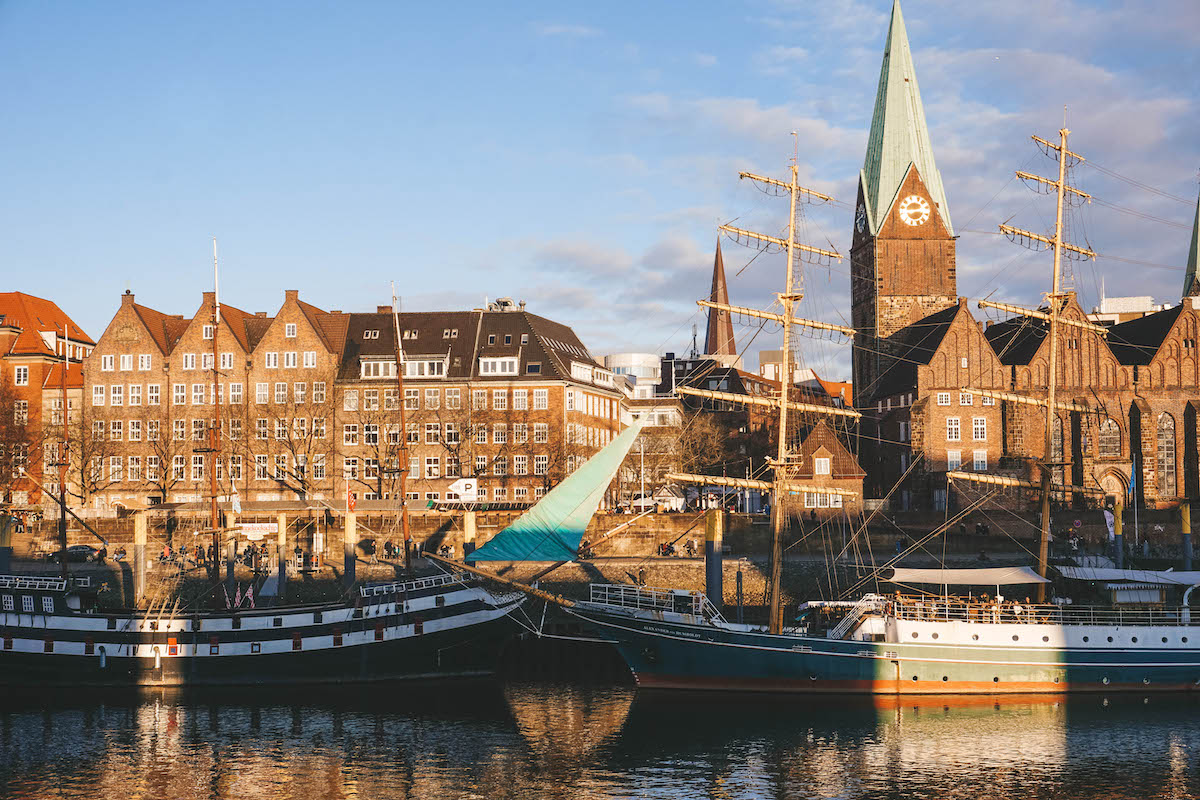
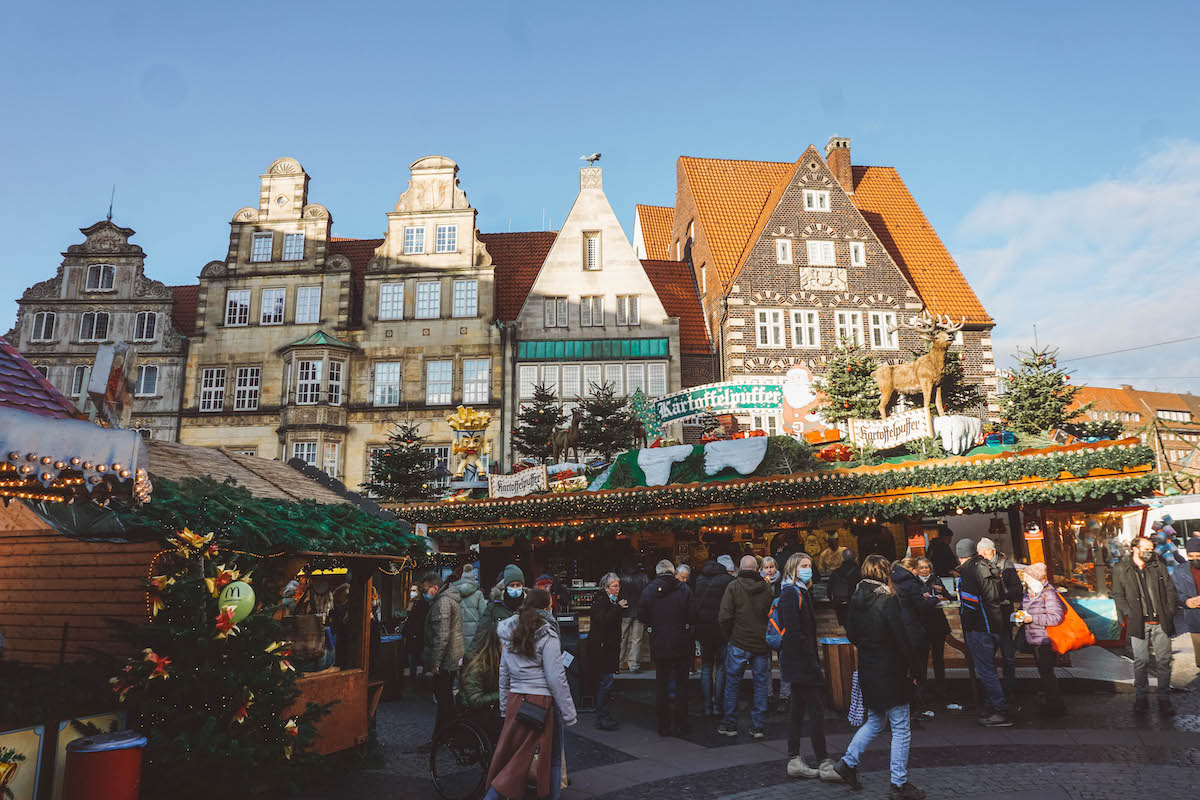
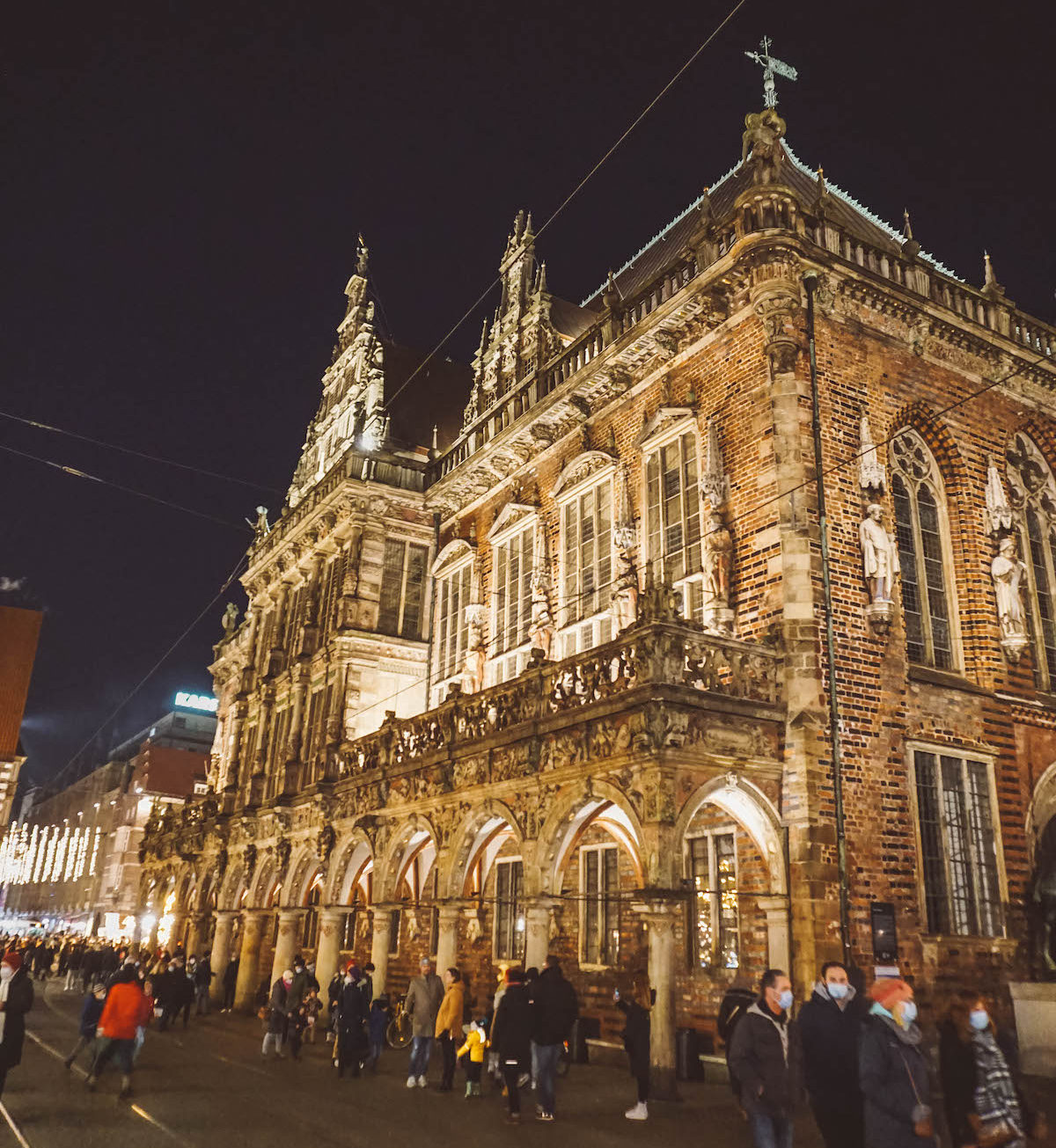
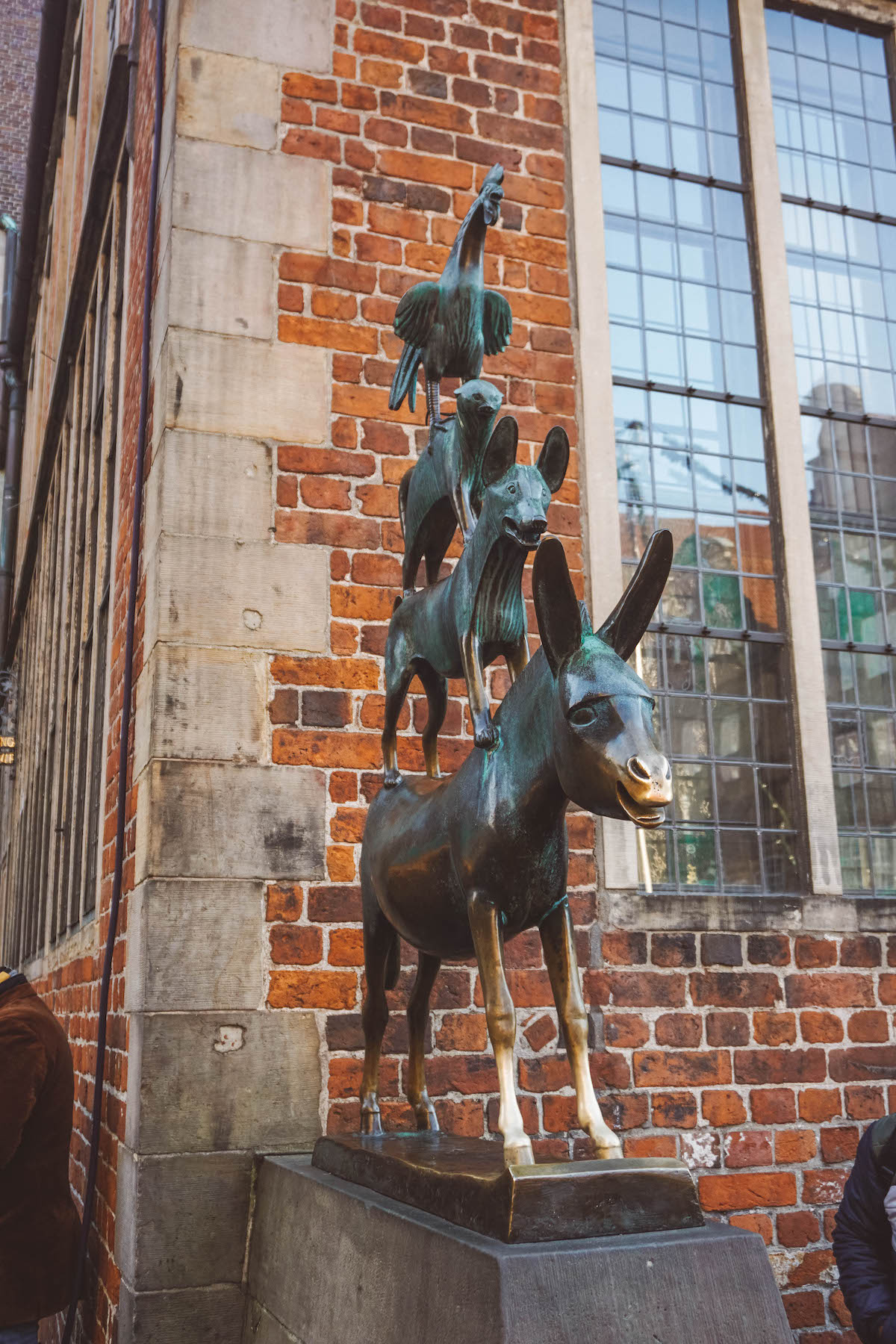
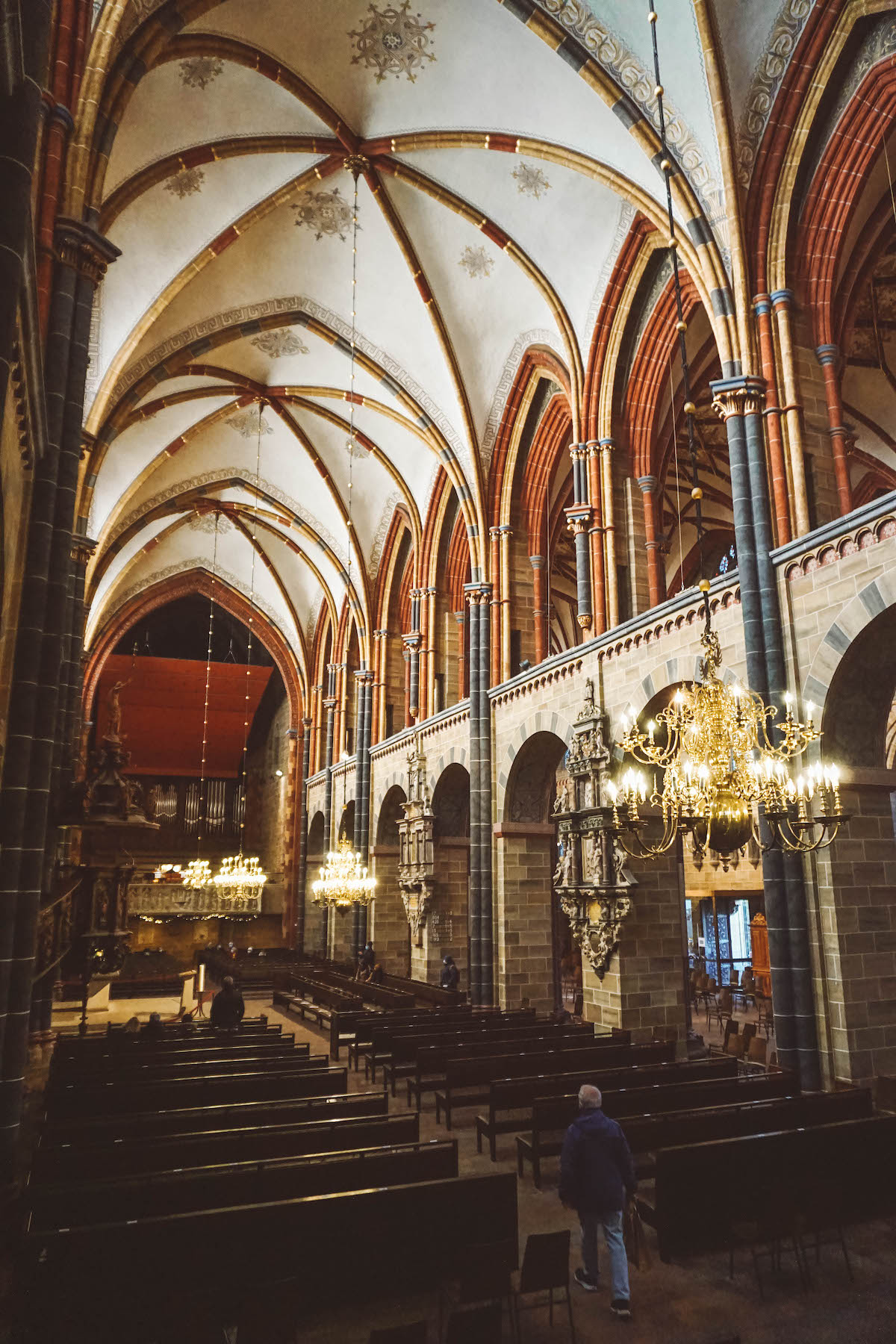
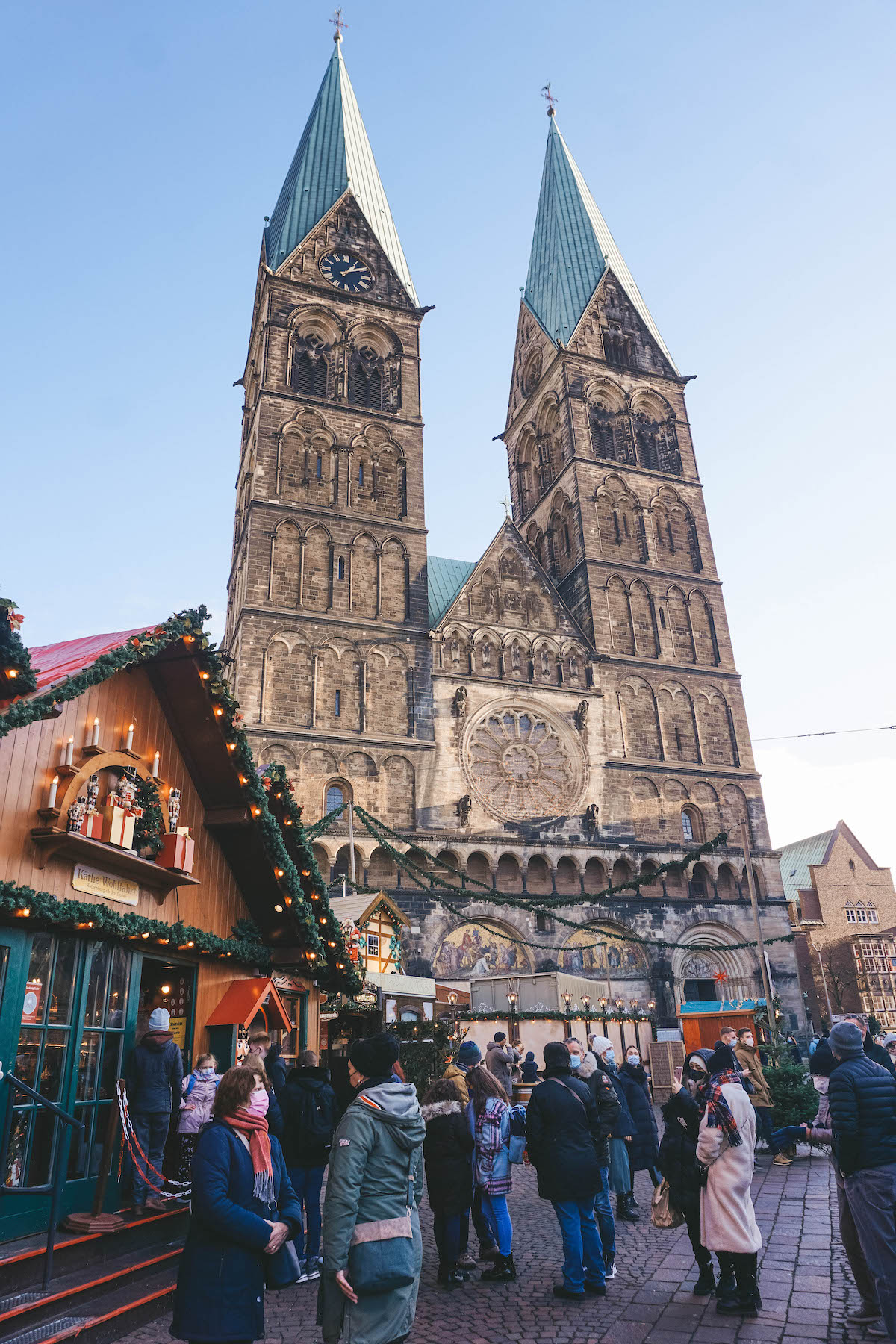
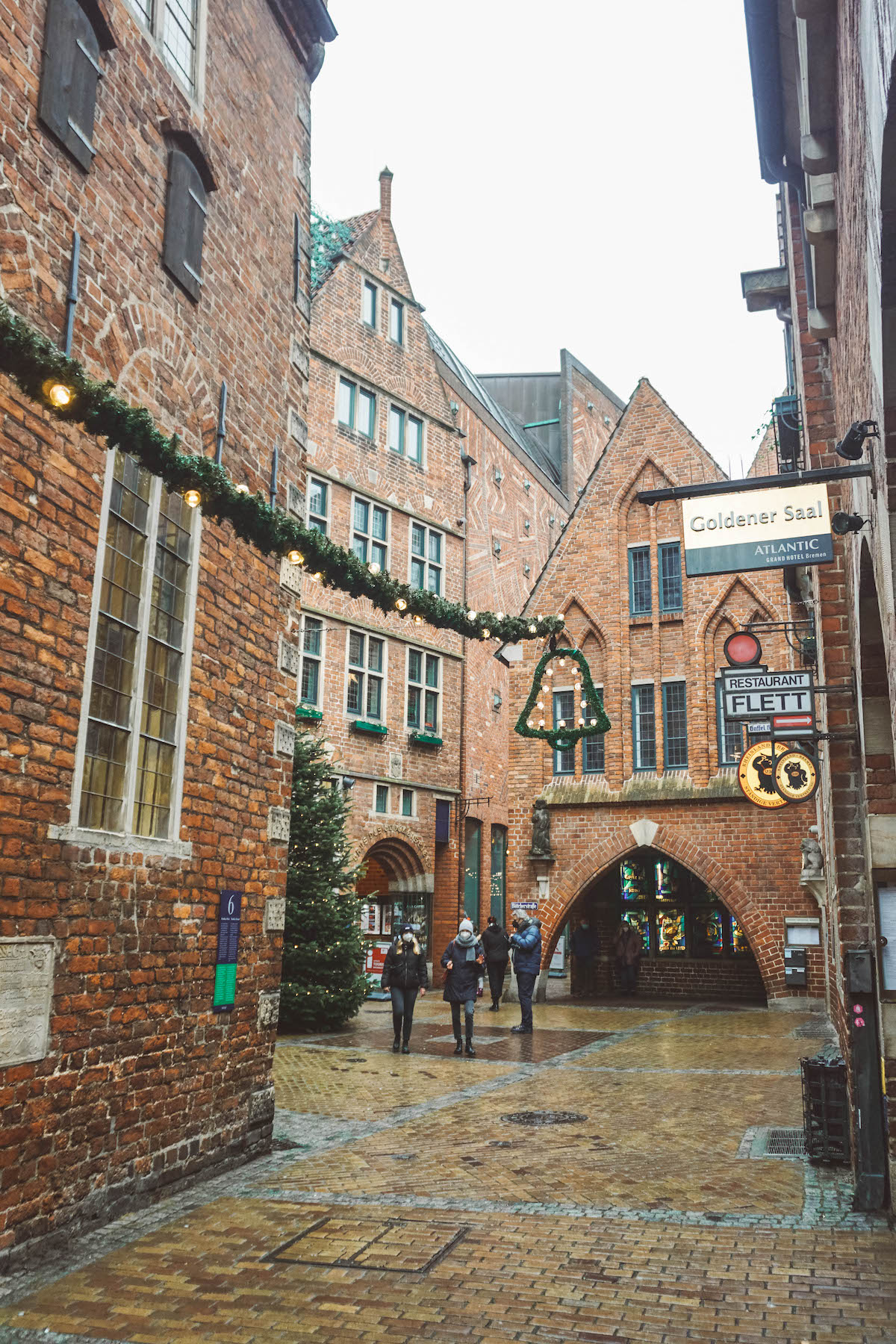
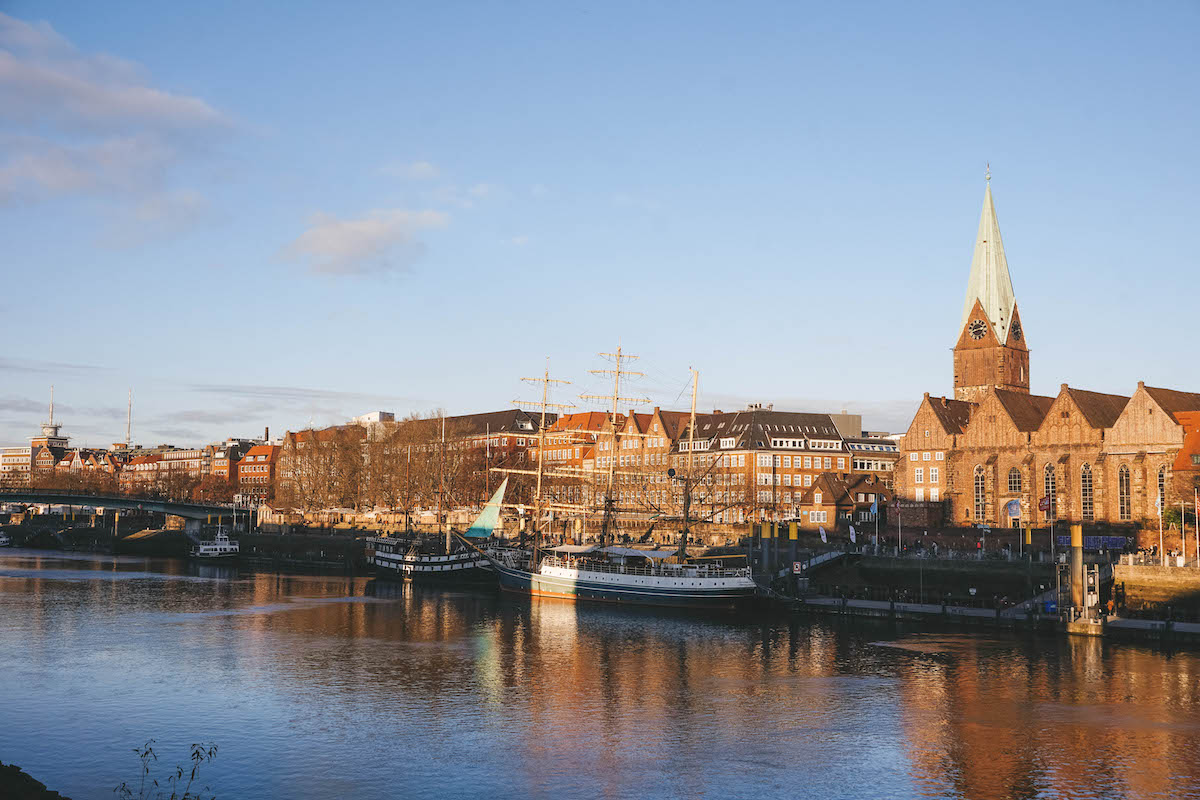
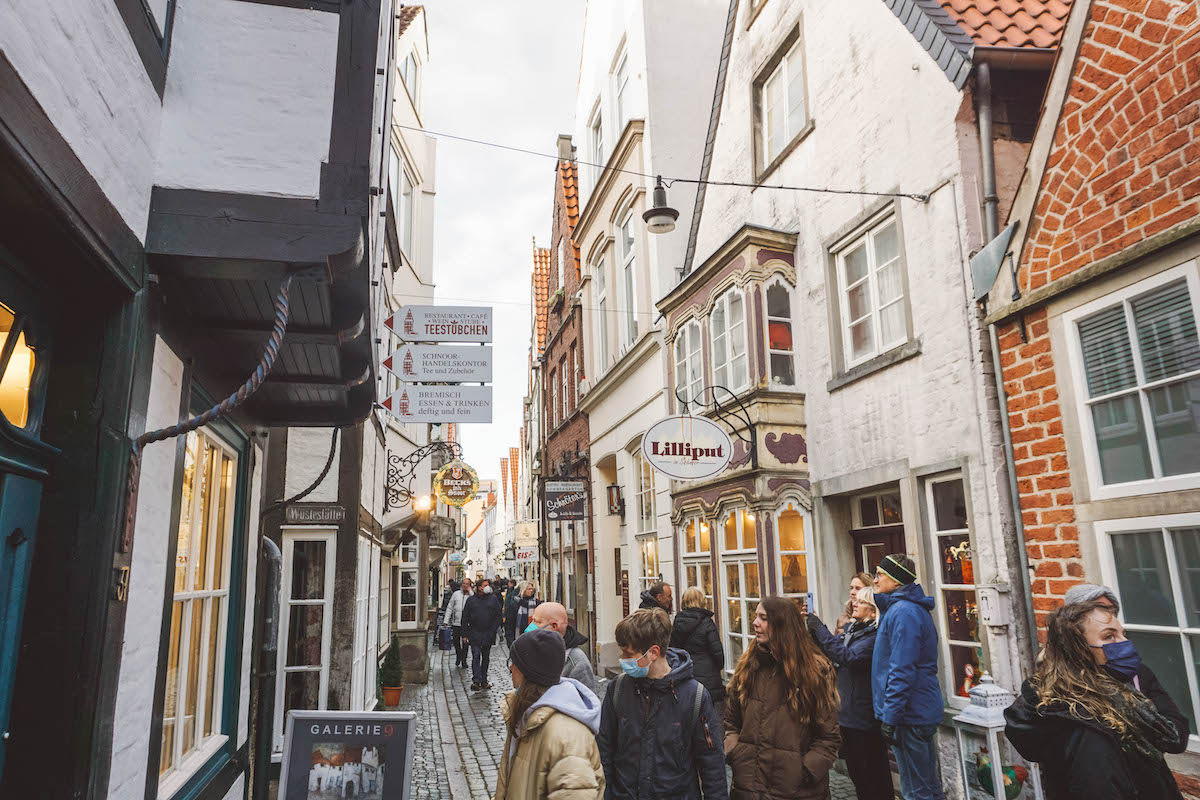
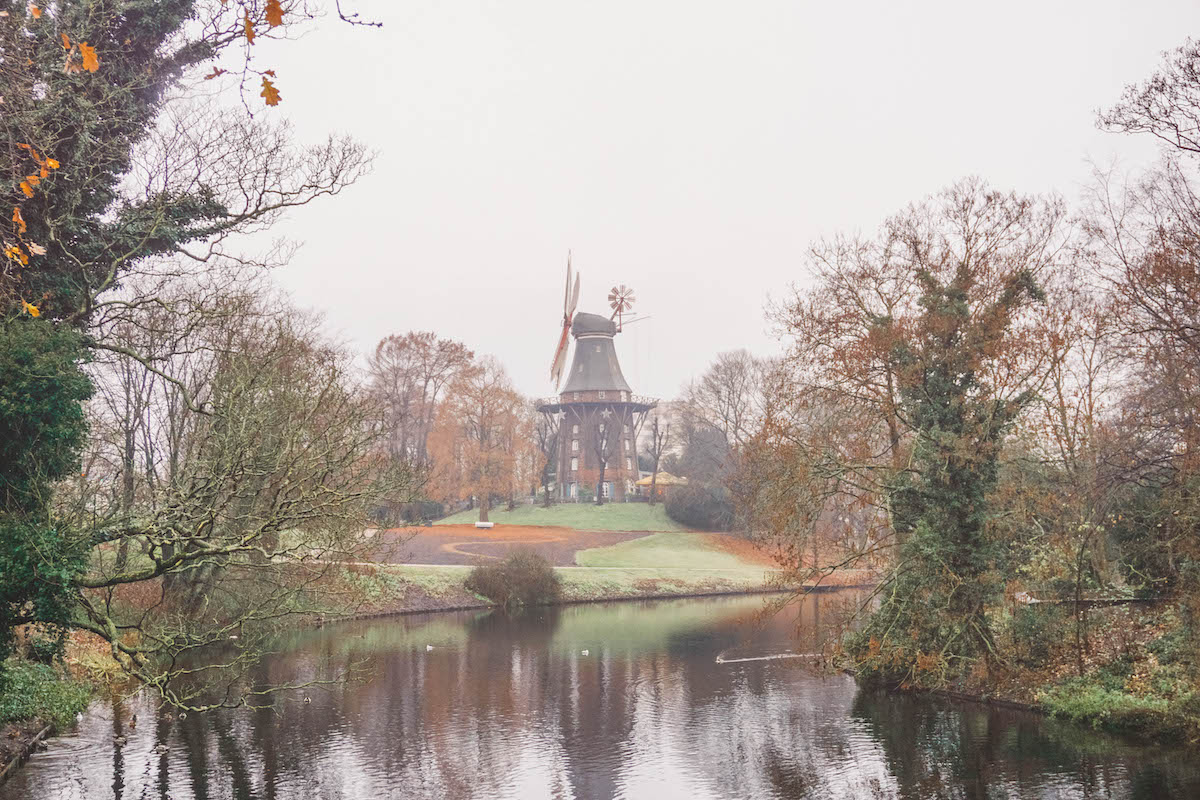
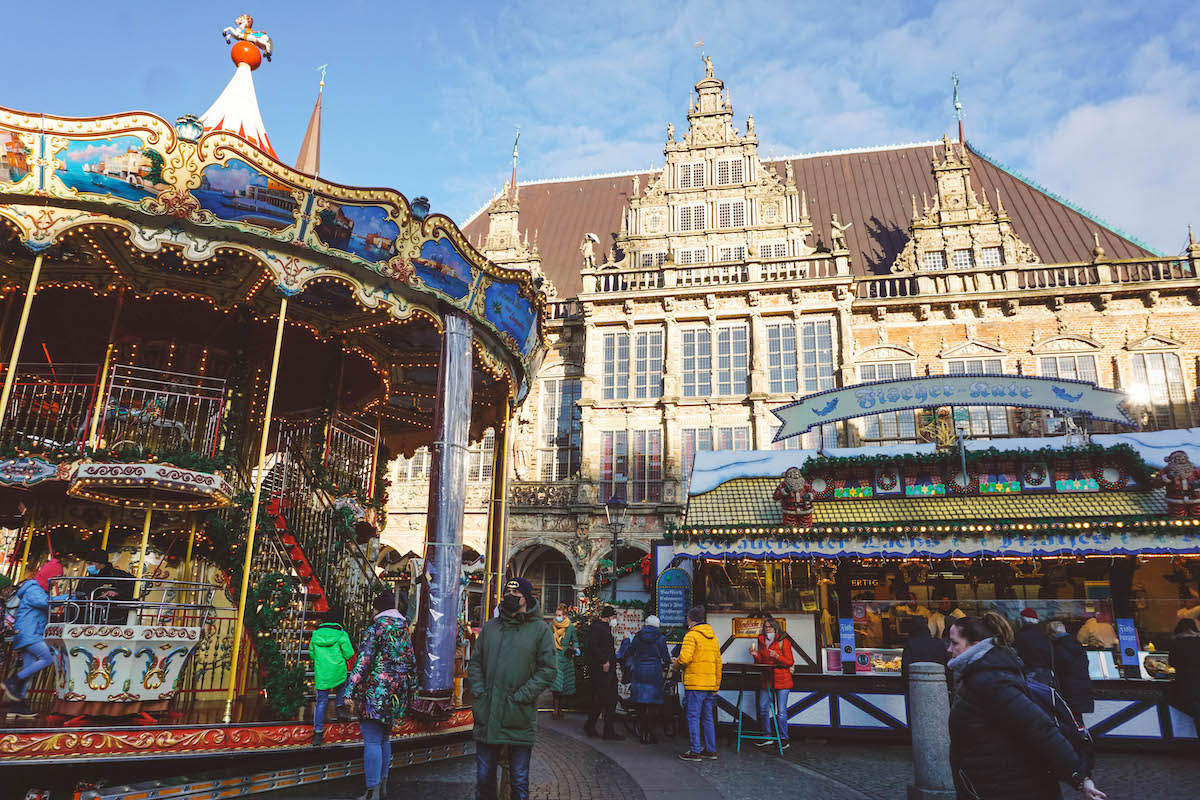
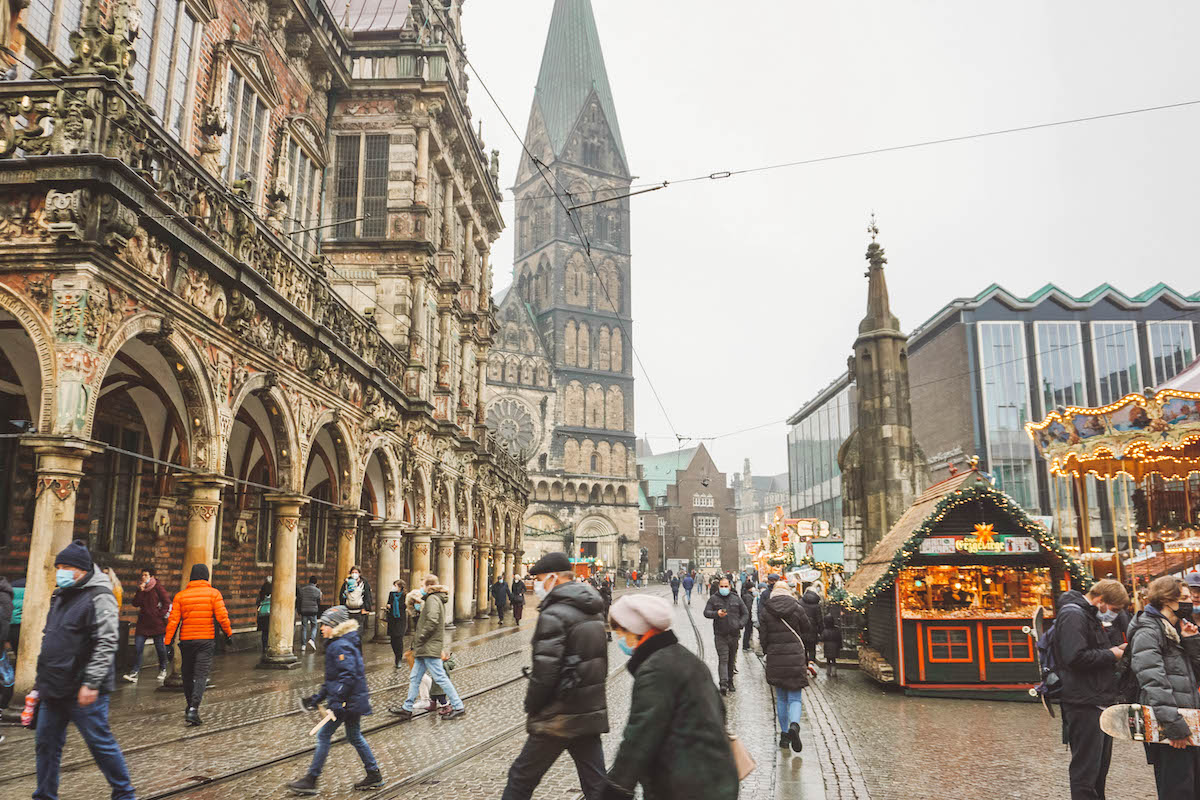

Leave A Reply!